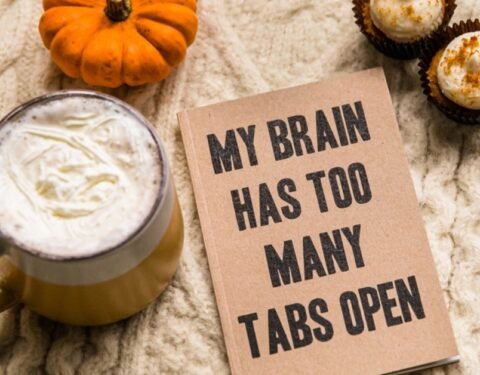Back to Basics: Focusing on your Research Story

Conducting user and customer research has increasingly become an accepted and expected part of the development process among companies, from those building consumer websites to those developing enterprise applications.
This is fantastic news for users!
However, this also means that user research can become a box-checking activity, leading to research that fails to deliver on the promise of actionable insights. It’s all too easy to ask the wrong questions, use the wrong methods, and fail to communicate results in a way that stakeholders and product owners feel compelled to take action. In short, we can forget the BASICS – we can forget to think about the STORY.
UX Research, everybody’s doing it…
As a consultant and Research Strategist at Human Interfaces, Inc., I’m privileged to work with experienced research professionals on a daily basis, both within my company and in clients’ organizations – highly skilled, highly educated, highly trained, and exceptionally bright individuals. One might think that with such pedigrees and practical experiences, we never forget the basics; we as research professionals always get it right… Well, we don’t. In a fast paced environment, it is all too easy to lose focus, to jump in without a clear sense of story, and to lose sight of the basics:
- More companies acknowledge that user research is critical, more research is being done
- Development cycles aren’t getting any longer, the research pace is accelerating
- The UX umbrella is getting larger, the scope of research is growing
- Research isn’t just for researchers anymore, more stakeholders are involved
When we consider this landscape – we’re doing more research across a broader range of UX topics, we’re expected to deliver at an ever accelerating pace and we’re involving more stakeholders who may not have a deep understanding of research principles – it becomes clear how a focus on the basics can become lost, even among experienced research pros.
Story provides focus… Story means thinking ahead.
Without a clear focus on the Story of our user research efforts, we can end up:
- Taking a “Shotgun Approach” – throwing lots of unrelated questions out to see what sticks
- Asking questions that are not relevant or that may produce results that are unpalatable to the business or unfeasible to implement
- Using methods that can’t realistically answer the questions at hand
- Generating lots of data, but lacking a “so what?” for the business
In comparison, thinking ahead to the Story of our research, before ever collecting any data, provides:
- The Lens: It allows us to focus on Big Q research questions (read more here), thinking through the possible outcomes of those questions, and honestly assessing the implications of those potential findings
- The Language: Communicating with a wide range of stakeholders in terms that are understandable and meaningful
- The Filter: Helping to keep extraneous noise out of the research and targeting the analysis and communication of results on the key questions at hand – The Story!
Ask a relevant question, collect valid data that addresses that question, and communicate it to stakeholders in a way that results will be believed and acted upon.
When considering the elements that constitute a solid and meaningful research story, it sounds a lot like the basics of sound research design. While in theory that may be true, in practice it is the very act of thinking through the Story that can help us arrive at research that is valid, relevant and meaningful. I find that the ability to ask “…so what’s the story?” is an invaluable tool for building stakeholder consensus during research planning, selecting methods that can provide valid results, and allowing for efficient analysis and reporting of findings.
There are many ways to incorporate the concept – the focus – of The Story into workflows of research planning and execution, and I would love to hear from others as to what has worked for them. That said, I will leave you with several key considerations we strive to bring to our efforts in building our research stories:
- The Story starts at the beginning: Step back, consider the bigger picture and the challenges facing your product or business. Identify research goals, focused on the Big Q research questions, and articulate your research themes to stakeholders to get buy-in from the start.
- Turn questions into hypotheses: Think through the possible outcomes to the questions you are posing via your research effort. Make sure the methods chosen can reveal insights and answers to those questions, and decide if those potential answers are relevant, palatable and feasible to the business.
- Use The Story to connect the research dots: Focus analysis and reporting on The Story – what you did, how and why you did it, what you found, why it matters, and ultimately what it means.
Finally, when in doubt during planning, execution, analysis or reporting, don’t be afraid to ask yourself or your stakeholders, “…so what’s The Story?“
At Human Interfaces, an expert team of UX professionals work with clients from a variety of industries to develop custom research solutions for any UX challenge. If you need help from a full-service UX research consultancy for a study, recruitment, or facility rental, visit our website, send us an email, or connect with us through LinkedIn.



